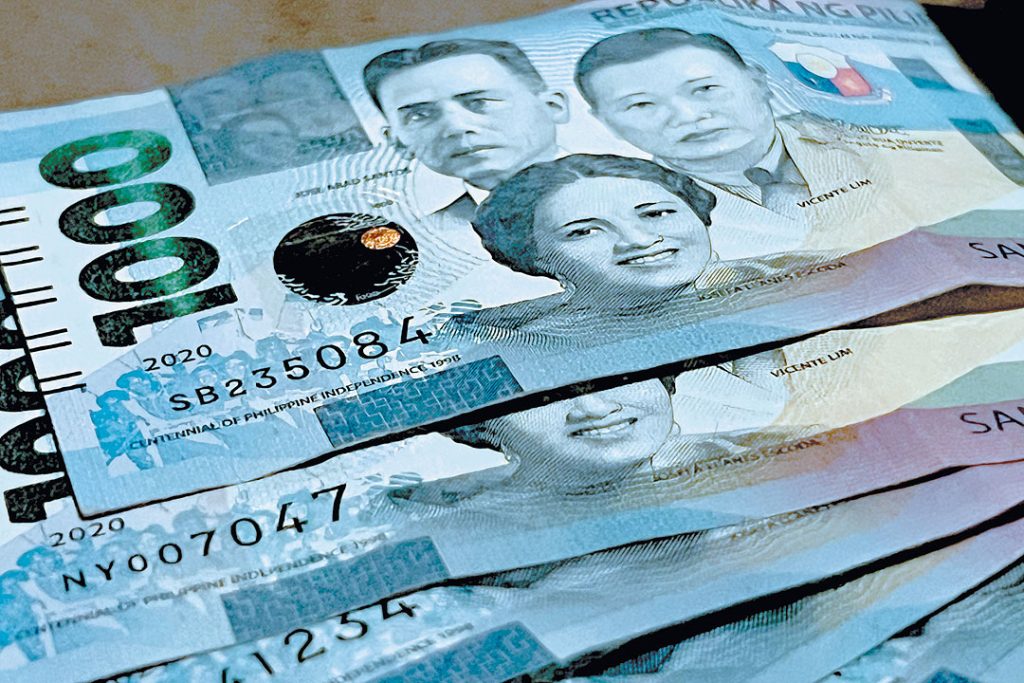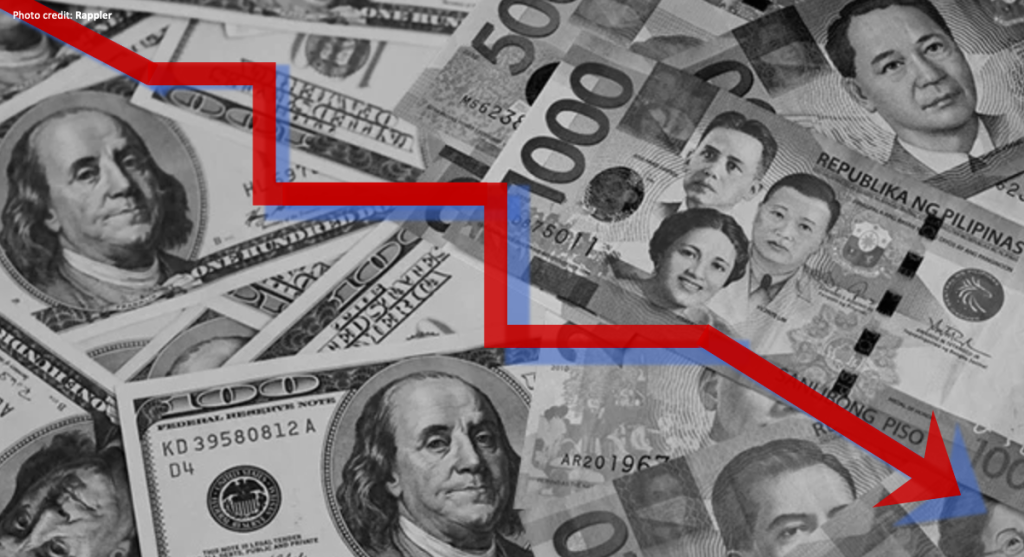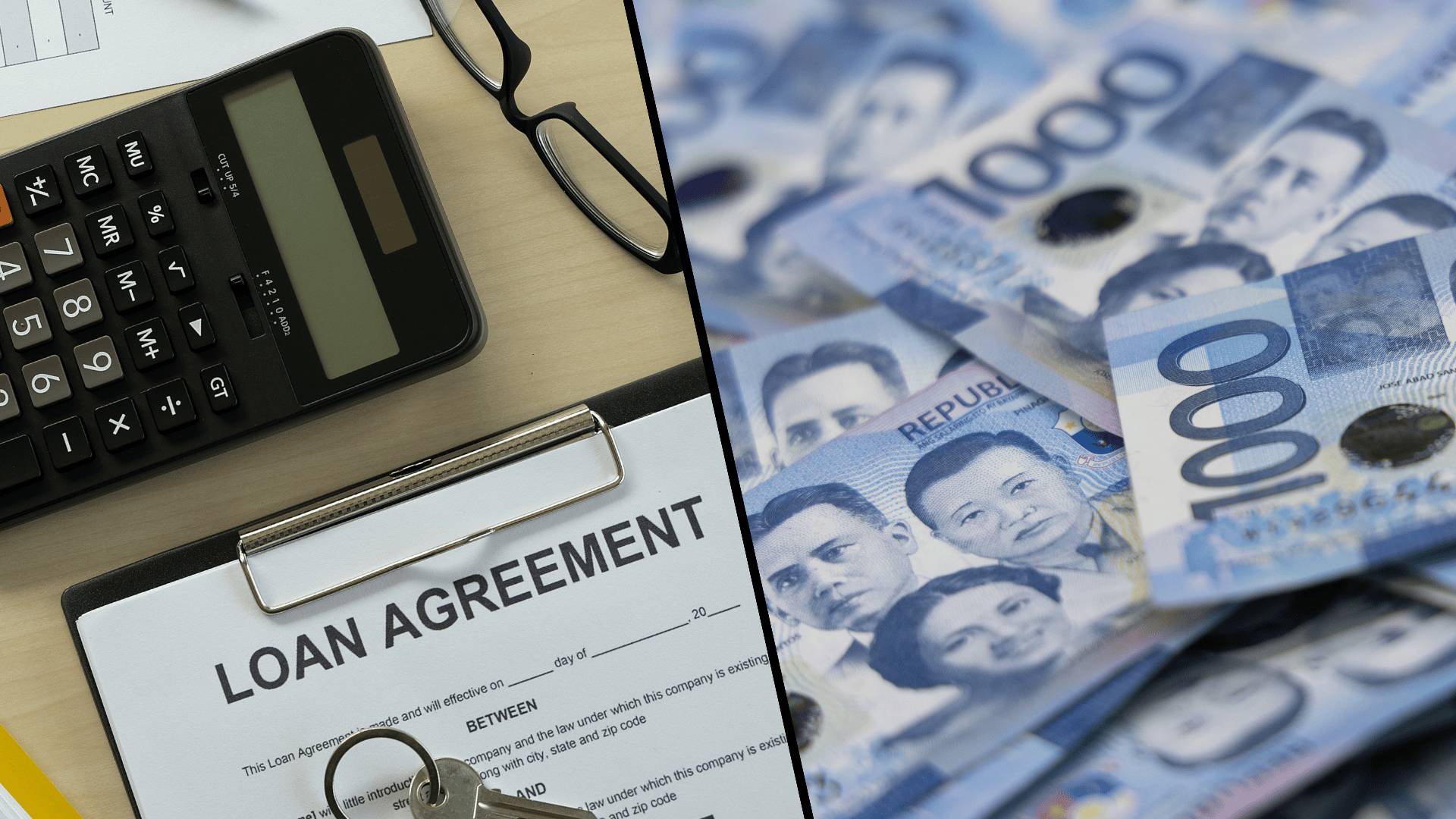In the realm of personal finance, credit scores play a crucial role in determining an individual’s creditworthiness. A credit score is a numerical representation of a person’s creditworthiness and is used by lenders to assess the risk of extending credit to them. One of the significant factors that influence a credit score is the utilization of credit limits. Understanding how credit limits and utilization affect your credit score is essential for anyone seeking to build or maintain a healthy credit profile.
What Are Credit Limits?
To comprehend credit limits, we first need to understand what they are. A credit limit is the maximum amount of money a lender is willing to extend as credit to a borrower. For example, if you have a credit card with a credit limit of $5,000, you can spend up to that amount before the lender will no longer approve transactions.
The Significance of Credit Utilization

Credit utilization refers to the percentage of available credit that a borrower has used. It is a critical factor in determining credit scores. When you use a substantial portion of your available credit, it indicates a higher risk to lenders, potentially leading to a negative impact on your credit score.
Calculating Credit Utilization
To calculate credit utilization, divide your outstanding credit card balances by your total credit limit and multiply the result by 100 to get the percentage. For example, if you have $1,000 in credit card debt and a total credit limit of $5,000, your credit utilization rate would be 20% (1000/5000 * 100).
The Ideal Credit Utilization Rate
While there is no magic number for the ideal credit utilization rate, financial experts generally recommend keeping it below 30%. Maintaining a low credit utilization rate shows lenders that you are responsible with your credit and can positively impact your credit score.
Impact on Credit Scores
High credit utilization can have a detrimental effect on credit scores. As your credit utilization rate increases, your credit score may decrease, signaling potential financial distress. On the other hand, a low credit utilization rate indicates responsible credit management and can lead to a higher credit score.
Tips to Manage Credit Utilization

a. Pay Credit Card Balances Regularly: One effective way to keep credit utilization low is to pay off your credit card balances regularly and avoid carrying high balances from month to month.
b. Consider a Credit Limit Increase: Requesting a credit limit increase can decrease your credit utilization rate, as long as you don’t increase your spending habits.
c. Use Multiple Credit Cards Wisely: If you have multiple credit cards, spreading out your purchases across them can help maintain a lower credit utilization rate.
Understanding Credit Score Factors
Credit scores are influenced by various factors, and credit utilization is just one of them. Other factors include payment history, length of credit history, credit mix, and new credit inquiries.
Monitoring Your Credit Score
Regularly monitoring your credit score is essential to keep track of changes and ensure that your credit utilization remains at a healthy level. Many credit bureaus and financial institutions offer free credit score monitoring services.


Leave a Reply